Visit Flanders Exploring World War One Sites: Why You Should Do It?
2014 marked the hundred anniversary of the outbreak of World War One. A war that everyone predicted would be over by Christmas but lasted for four horrific years where millions of soldiers, and civilians caught up in the fighting, died. During most of this time both sides were dug into trenches facing each other with the occasional push that usually descended into massacres with little progress made.
I was invited to go to Flanders in Belgium by MyFerryLink, who run one of the regular ferry services between Dover and Calais, and the Visit Flanders Tourism Board, to explore some of the key sites and memorials. I leaped at the chance to see first hand and learn more about this important period of history.
In this article I share ten images and provide commentary on why I chose them and recommend you visit them too.
My first stop after getting off the ferry in Calais was the town of Poperinge. It is about 50 minutes drive from the ferry terminal. I parked in the Grote Markt which is surrounded by charming tradtional-looking buildings. This town was behind the lines and so was not as damaged in the First World War as other parts of the region. I had lunch in the Restaurant Passage which is on Veurnestraat just off the square. It serves a lunch-time menu offer of three courses and I can highly recommended it.
One of the most important places to visit in the town is Talbot House. This was a guest house and place for Allied Troops to rest and recuperate from the horrors they faced on the front. This three-storied house has a large garden and welcomed men of all ranks. It had a large notice board where the men would post messages asking for news of their family or friends. In the loft is a chapel where the men would pray and seek some support for what they had to face. In there was a table with these wooden crosses, poppies and messages left for soldiers past and present. There is an excellent self-tour using an iPad that has images and is triggered at various points in the house to run films and audio commentary.
I then drove about half an hour to the Memorial Museum Passchendaele in Zonnebeke. The museum looks unremarkable and a bit like a quaint country house set in vast grounds. It is very deceptive. This museum not only tells a detailed history of the overall war but focuses on the battle of Passchendaele. This is where the Allies tried to break through the impasse and bombarded the no-man land between them and the Germans with millions of shells, turning it into a muddy death trap where many soldiers drowned in addition to hundreds of thousands being killed. As you tour the house you descent into a network of tunnels and rooms that were similar to the ones that the troops lived in. As the land was so damaged, and dangerous, both sides built complex structures under ground. It is oppressive and many find it a stressful place to visit. You then emerge outside and can explore the various types of trenches built by both sides, as the image below shows.
From the museum I drove a further half hour to the Tyne Cot Cemetery. It is the largest one for soldiers from Commonwealth countries that fought in the war. It has over 12,000 graves and many of them do not identify who is buried there – as they could not be. It is a dramatic and sobering experience. As you walk from the car park to the visitor centre a quiet woman’s voice speaks the names of those that have been identified.
I spent the evening and night in Ieper (Ypres) which was about fifteen minutes away. I stayed at the comfortable Novotel which was within walking distance of the Menin Gate. This vast and imposing structure is at the entrance to the city and where the Last Post Ceremony is held every night at 8pm. There were hundreds of people gathered there to hear the last post and watch while guests laid poppy wreaths. It has become an important event for anyone touring the area to go to, and been running for decades. After the event I ate at Fonderie, where served incredible smoked salmon and steak and fries.
The next day I spent the morning touring the vast In Flanders Field Museum in the city. This vast exhibition explores all aspects of the war and has impressive displays of uniforms, images, film, equipment and also models of things like the tunnel networks. The building was badly damaged during the war and has been reconstructed and the exhibits recently revamped. You wear a wristband and register as you enter and at various points in the museum you can use it to call up details about what you are seeing personalised to your home area and language.
I then travelled to Antwerp, which is about an hour and a half drive away. That evening there was a unique celebration as the army and various engineering support reconstructed a pontoon bridge to connect the main city to the other side of the river. During the war the city was under siege and a pontoon bridge helped get supplies in and people to escape. As I ate dinner at the perfectly-located Zuiderterras overlooking the river, I watched the sections came up the river and it being built. It remained in place over the weekend for people to walk across, occasionally breaking up to let river traffic pass by. I stayed at the four-star De Keyser hotel near the main railway station which provided a perfect located base to explore the city.
I can highly recommend touring Flanders and seeing some of the highlights and sites from the World War. In addition to exploring these there is a multitude of other things to do like exploring the museums in Antwerp and the canals and churches in nearby Ghent, where I spent the final afternoon and night at the unique Monasterium Hotel located in an old monastery. The next morning I headed back to Calais to catch MyFerryLink back to Dover. It was about an hour drive to Ghent from Antwerp and an hour and half to Calais.
I learnt so much about the war and the struggles that I had not appreciated as well as enjoying outstanding Belgium cuisine and hospitality. I wish I had done it before.

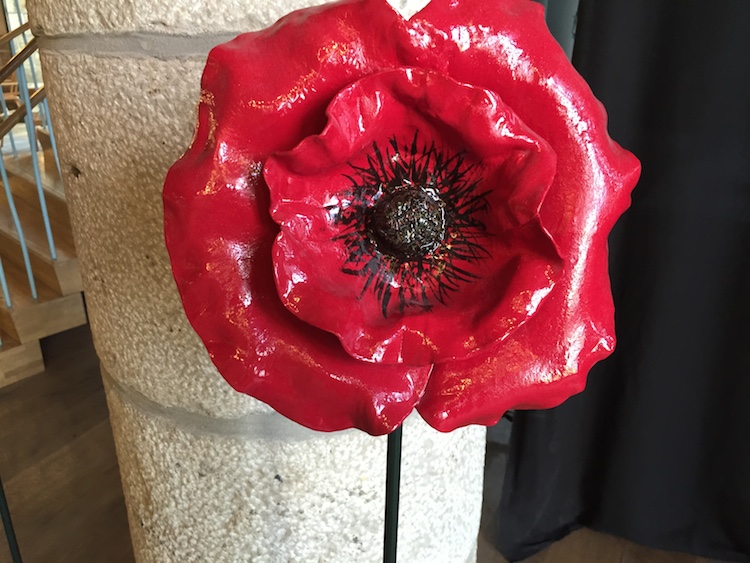
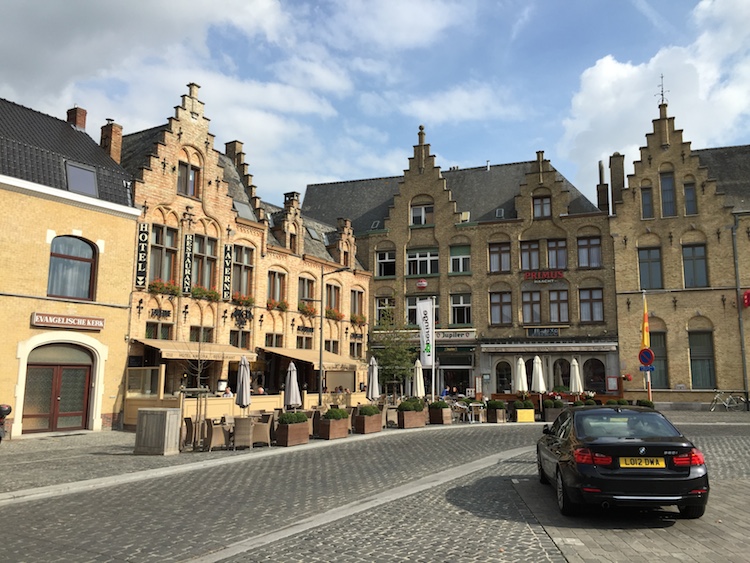
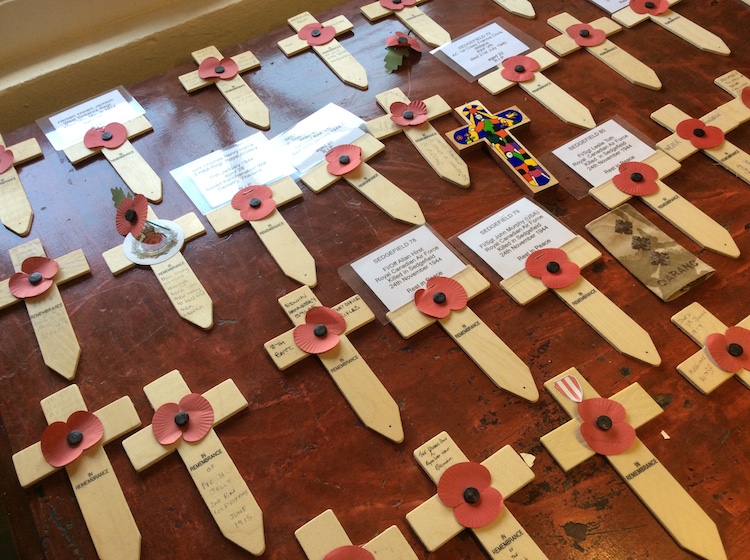
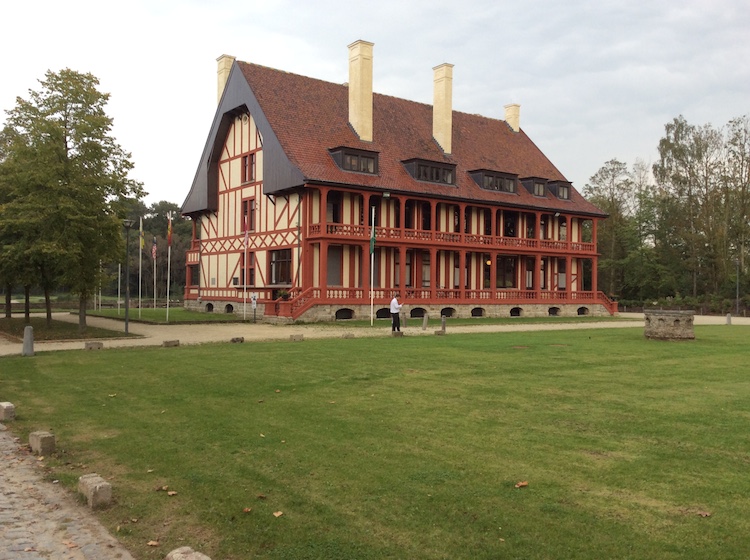
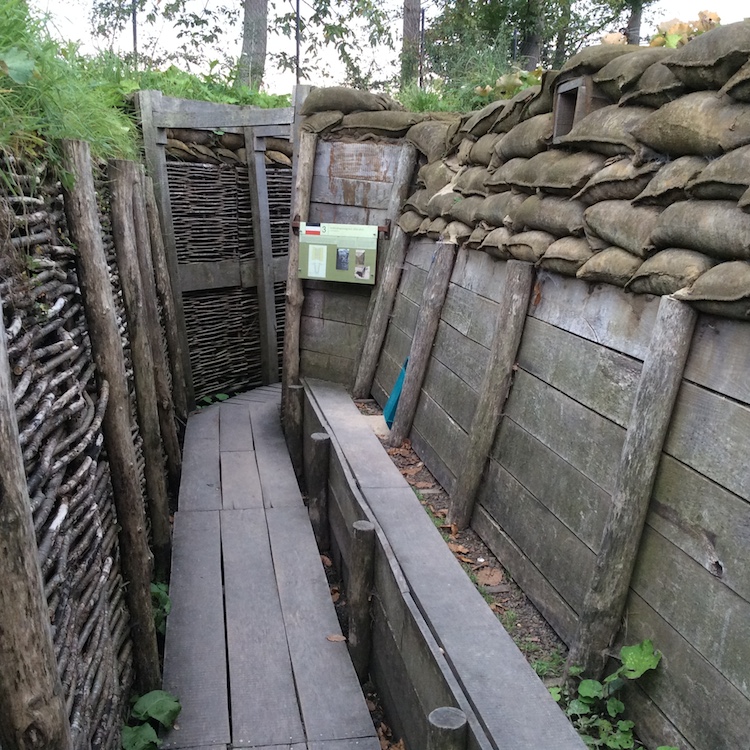
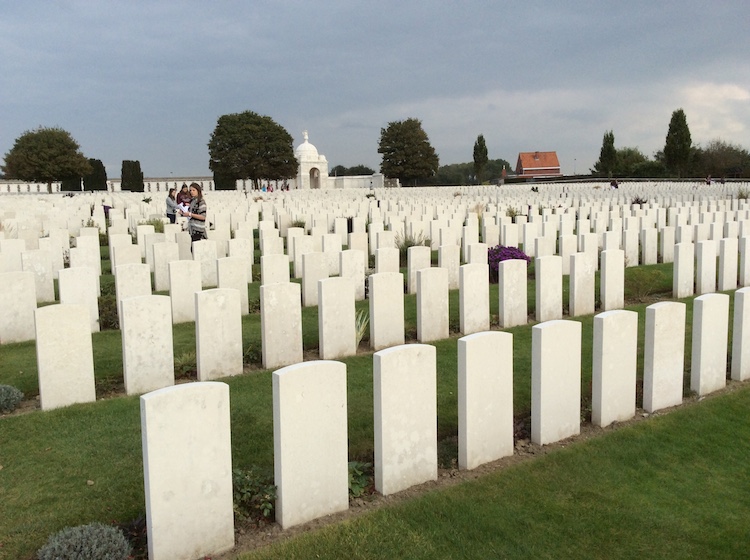
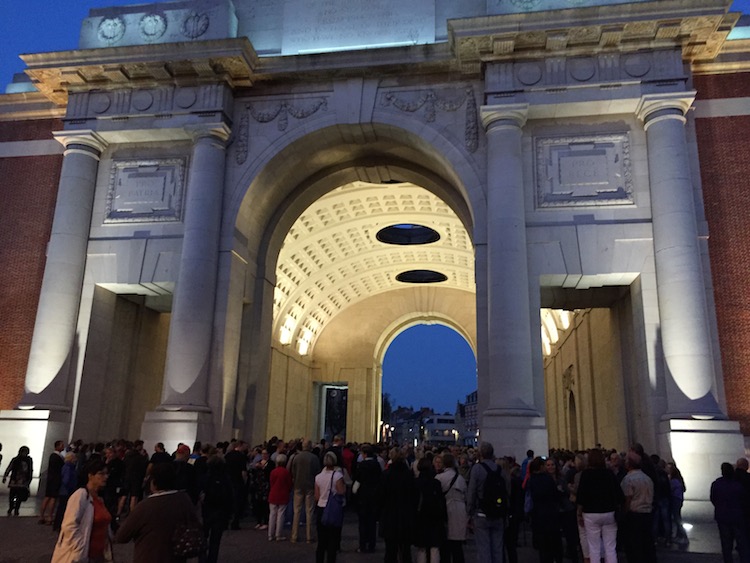
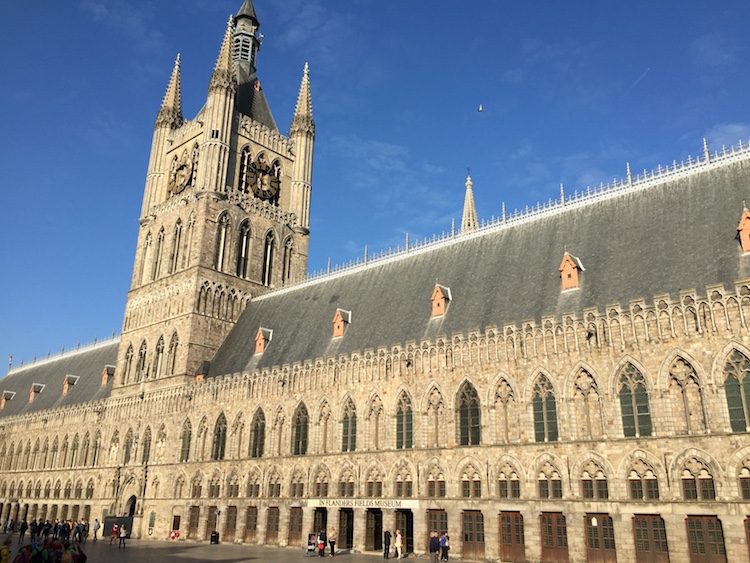
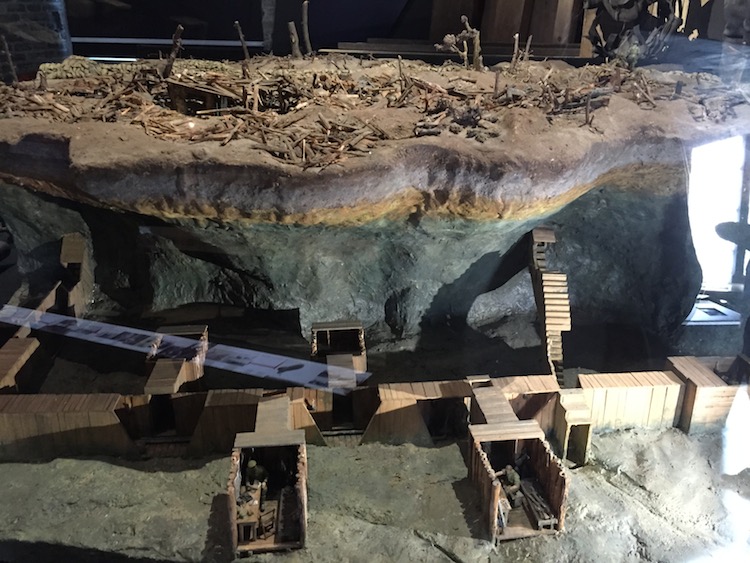
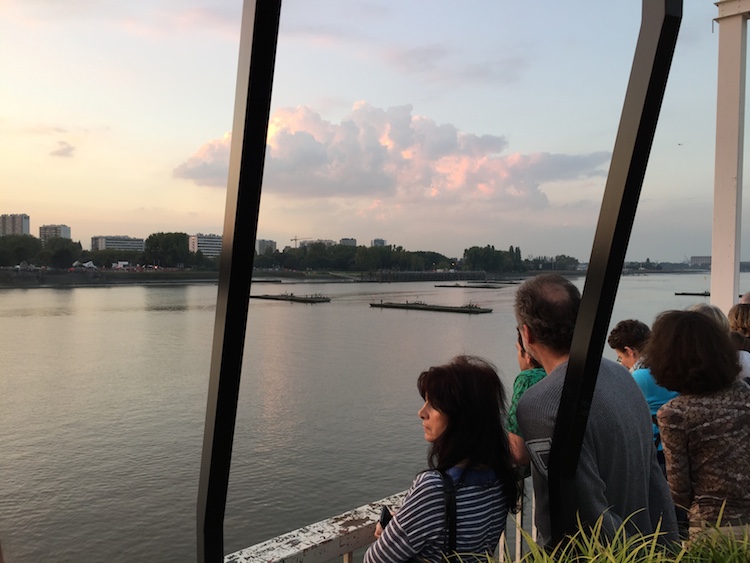
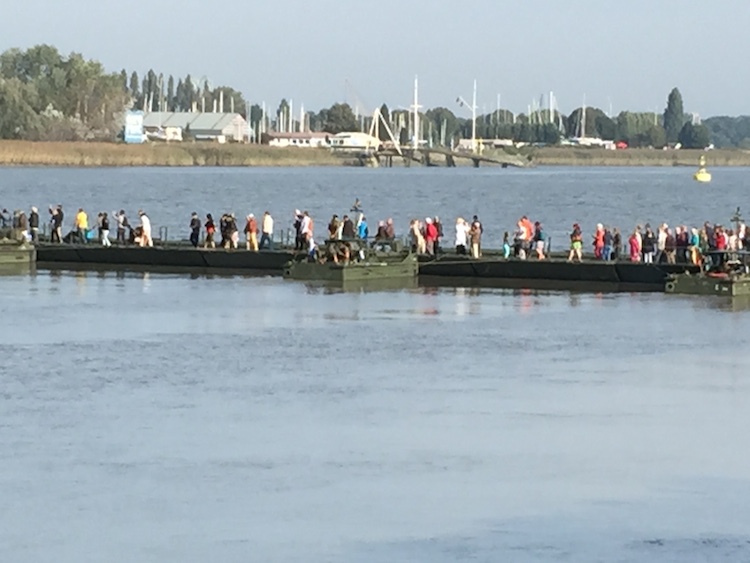
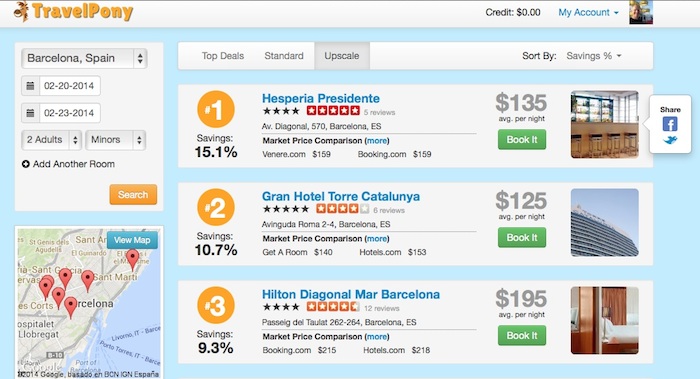
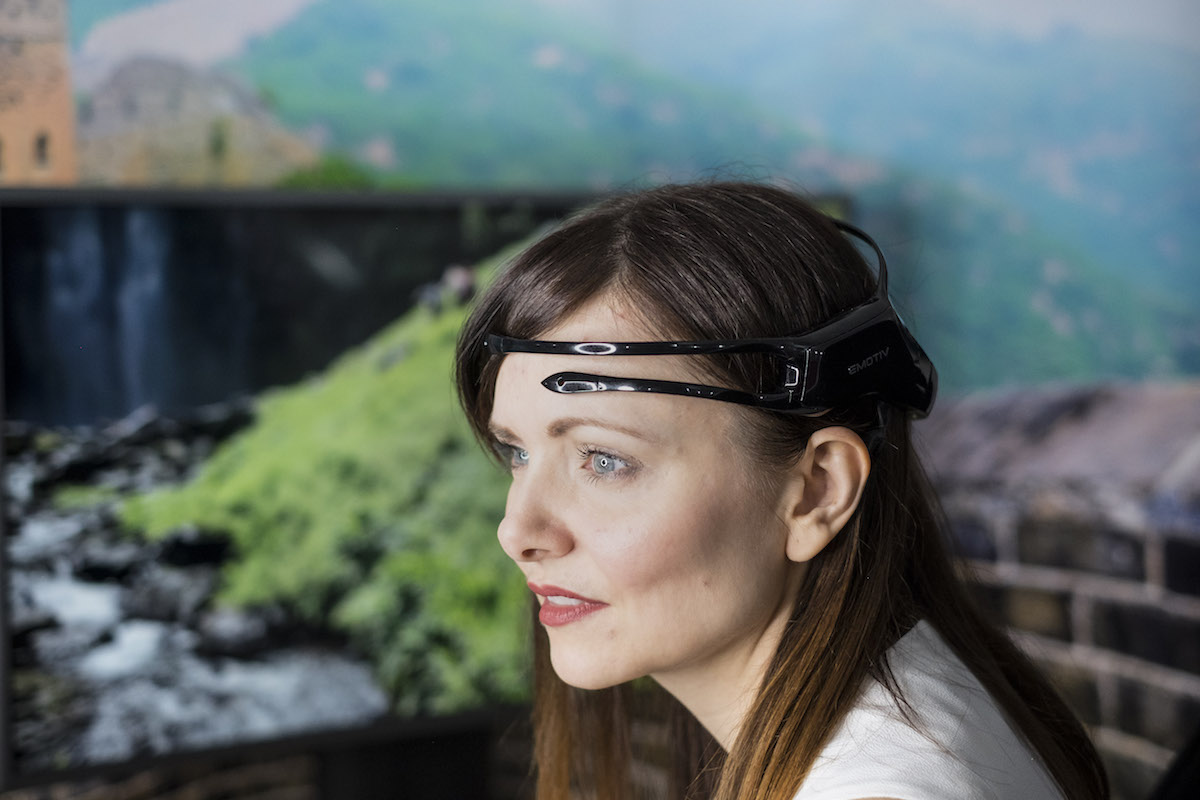











1 Response
[…] Visit Flanders Exploring World War One Sites Tips For Travellers […]